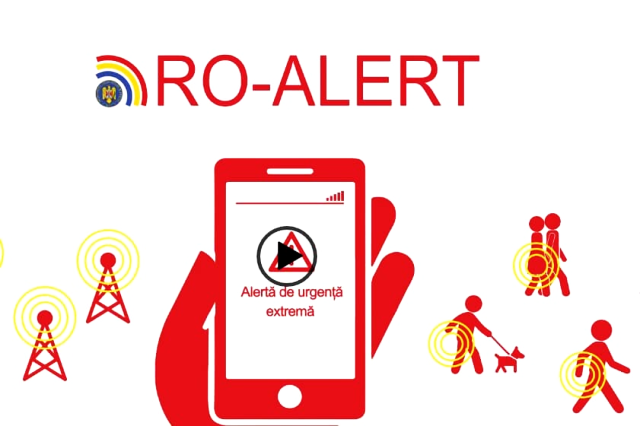Fickle and
unpredictable, weather has this year managed to spoil the mini-holiday
Romanians had over Easter and May 1st, the International Labour Day.
On Tuesday, the south of the country, Bucharest included, was affected by
storms and heavy rain. According to a report drawn up by the General
Inspectorate for Emergency Situations, more than one thousand firefighters had
to be deployed in order to help local authorities and the population. They
helped drain the water from the basements of several houses and public
institutions and removed the trees and utility poles felled down by wind. In
Calarasi County, a medium-size tornado forced a bus off the road and overturned
it in a nearby field, leaving 12 people injured. The tornado, the second ever
reported in Romania after the one in 2002, has also damaged dozens of houses. Central
authorities have therefore decided that the RO-ALERT warning system should also
be used to send warnings concerning severe weather. The measure was adopted by
the Emergency Department of the Interior Ministry and the National Meteorological
Administration. The head of the department, Raed Arafat, has stated that the
legislation regulating the functioning of the RO-ALERT system has not been
completed yet, but the system will issue new types of warning, by means of a
procedure that will be finalized until Monday.
Together
with our colleagues from the National Meteorological Administration we have
established certain situations, such as squalls turning into storms, which is a
code red warning case, or code orange phenomena which can turn into code red
situations and have a major impact. Also, people can be warned about hail
storms and other extreme events that weather experts say are dangerous by means
of a warning issued through the RO-ALERT system in the affected area. We also
talked about taking into account the 112 calls from areas under such codes, where
unpredictable situations occur, so the RO-ALERT system can be activated in
those places too.
For the
information to be submitted promptly, a direct line will be set up between the
General Inspectorate for Emergency situations and the National Weather Forecast
Centre, as Elena Mateescu, the director of the National Meteorological
Administration explains:
Legislation
must now be adapted in order for the National Meteorological Administration to
observe certain procedures and regulations in force. By Monday we will have
established the type of weather events to be covered by the RO-ALERT warning
system, the thresholds that have an imminent potential of turning into
dangerous situations in the respective areas.
Specialists have
warned that the RO-ALERT system is merely a warning system and it does not work
like a ‘weather radar’ that identifies by itself weather phenomena or other
dangerous situations.
